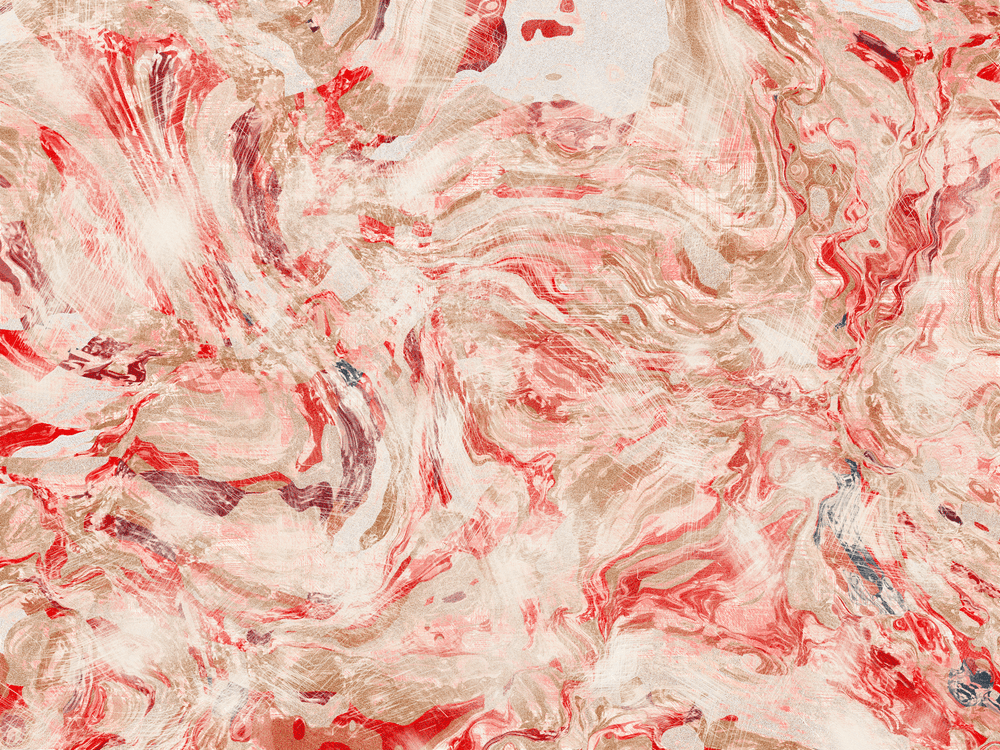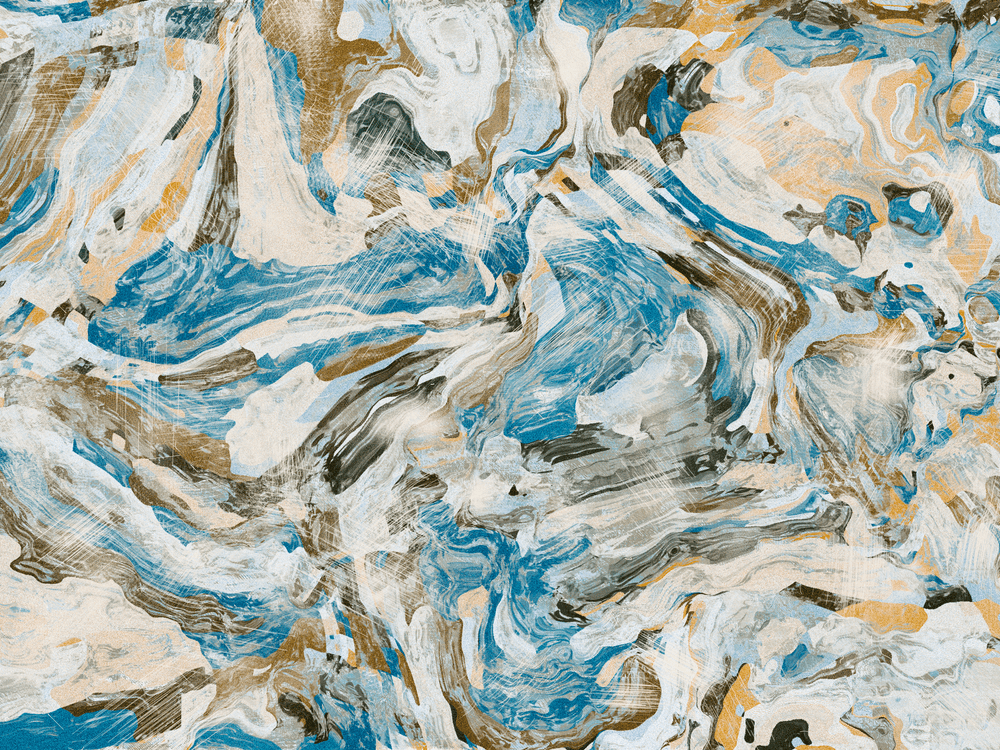Pointilism & Divisionism in Intimità and Interference
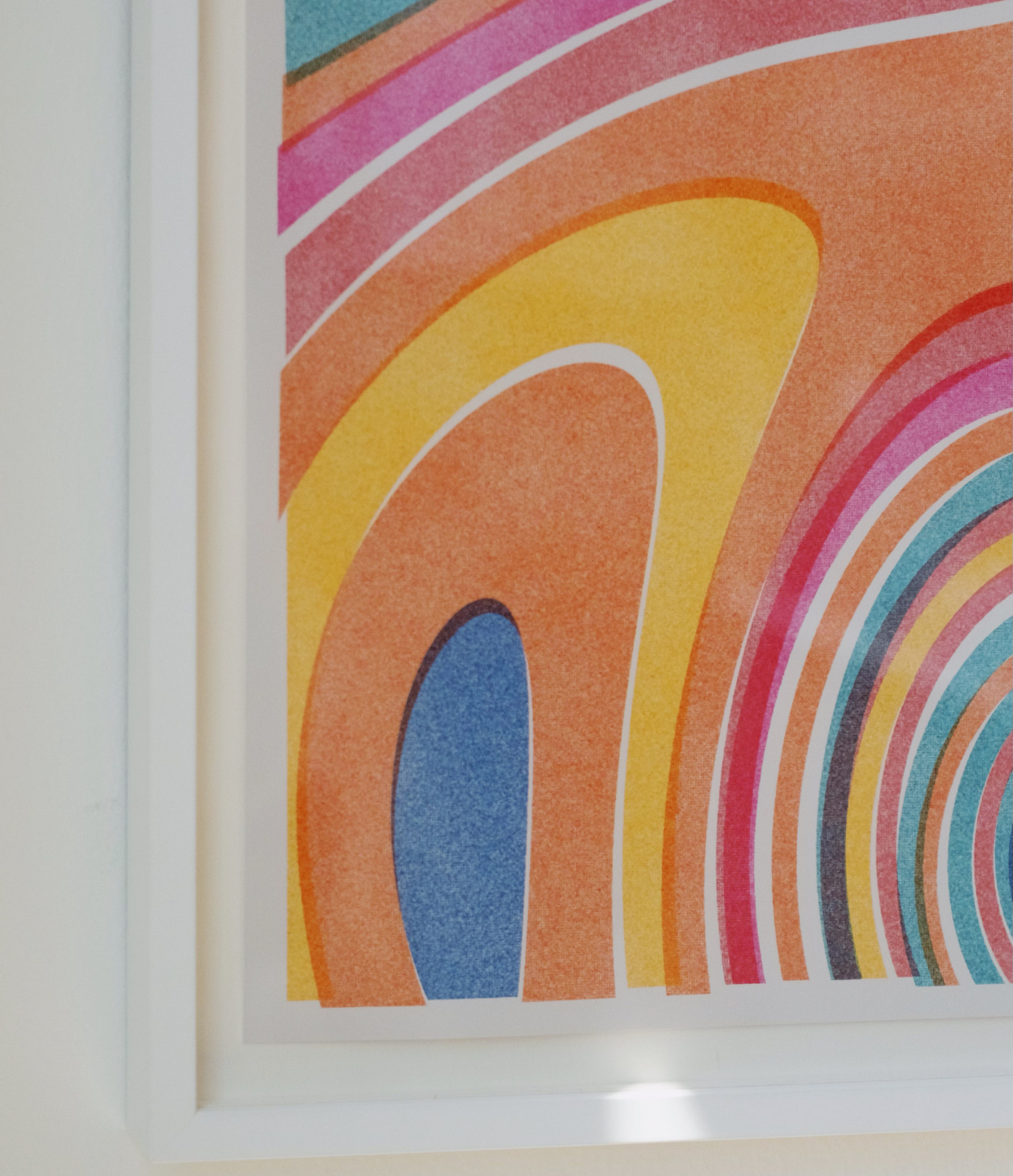
The experiments of Divisionist and Pointillist painters influenced our understanding of color and contrast, enabling new forms of artistic impression like the works of Phaust and Stefano Contiero.
While generative art is digitally native, it is often influenced by patterns in the physical world. Algorithmic artists tend to implement defining characteristics from historical art movements and into their code.
For Phaust’s Interference and Stefano Contiero’s Inimità, both artists highlight divisionism and pointillism respectively, implementing these stylistic elements into their algorithms. Not only are they visible in each collection’s digital renderings, but also in physical works.
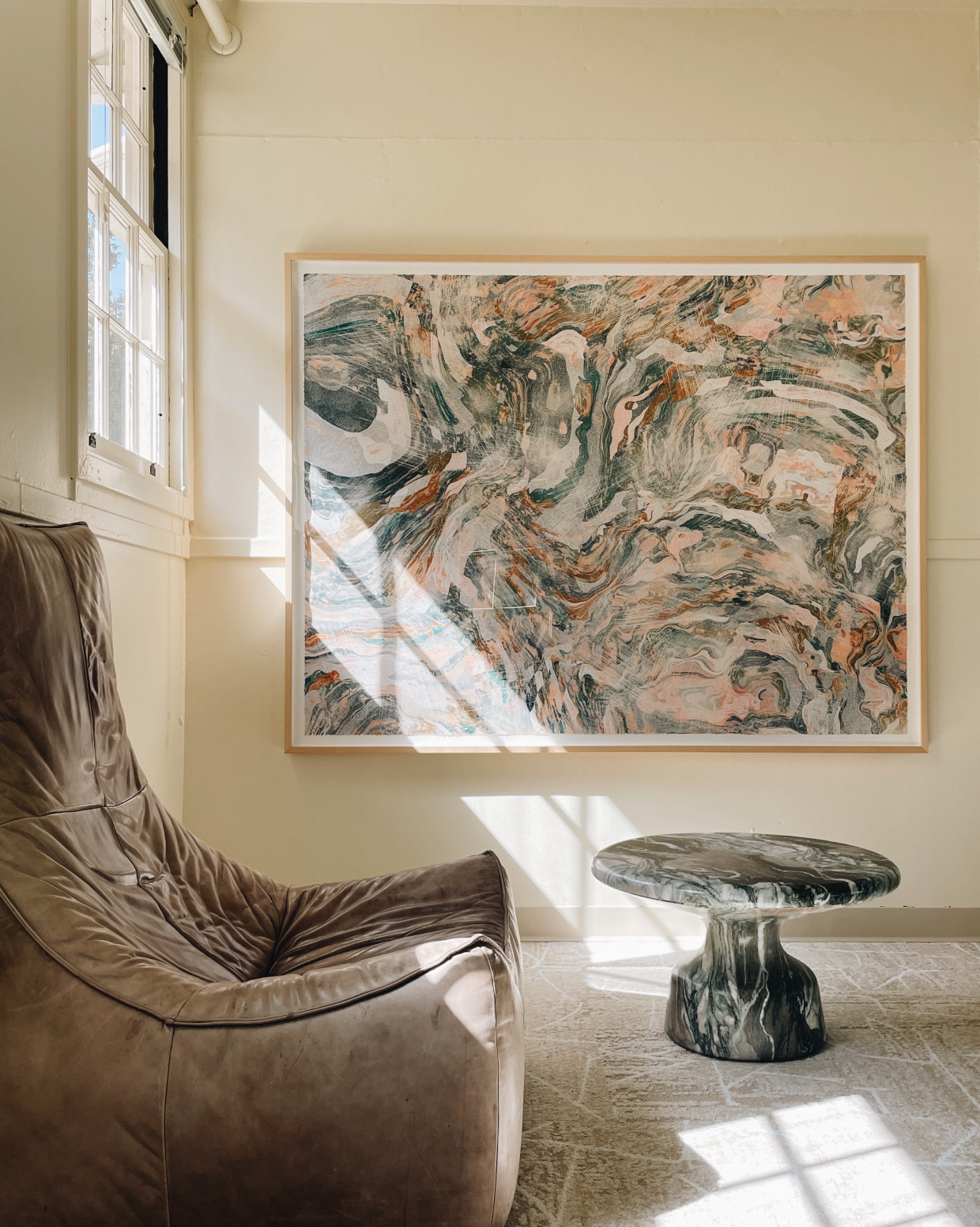
Intimita #0 by Stefano Contiero
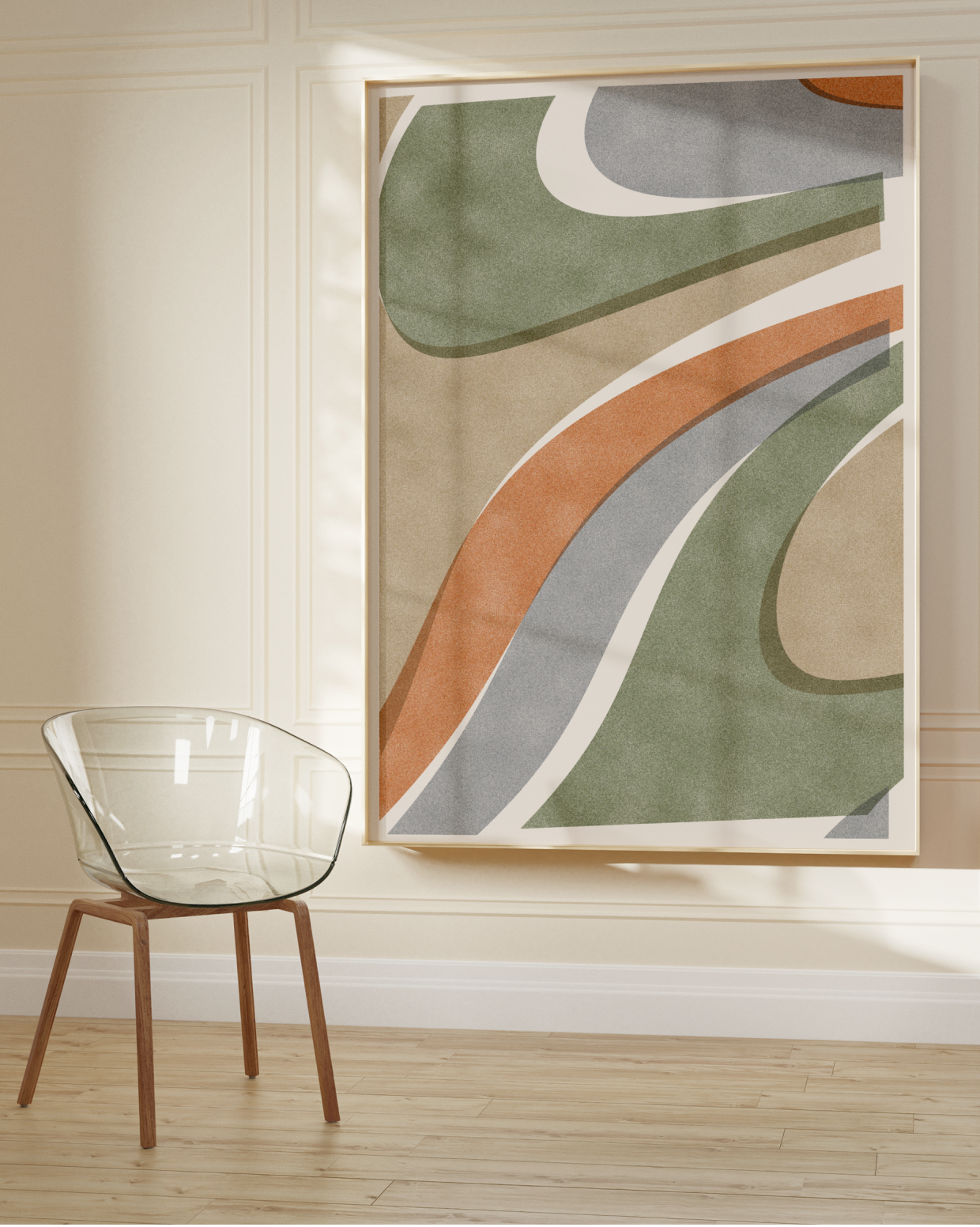
Interference #107 by Phaust
The Scientific Study of Color and Light in Divisionism
Advancements in the field of science have impacted art history for centuries. Our understanding of anatomy informed artistic depictions of the human figure, developments in optics paved the way for illusionistic representations of light and depth, and new theoretical frameworks for color contributed to a series of art movements, including divisionism.
Mid-nineteenth century developments in color theory sparked the divisionist movement, known for its distinct approach to paint application, where different colors are applied as dots. In 1839, Michel Eugene Chevreul published The Principles of Harmony and Contrast of Colors, one of the first systematic studies of color perception, after observing a shift in the appearance of black fabric depending on the colors surrounding it. In 1879, Modern Chromatics by Ogden Rood described the concept of optical color mixture, where different colors on a surface are mixed in the mind of an observer from a distance.
Impressionism, which preceded divisionism, is also distinguished in part by the way artists applied paint in distinct unblended strokes. Claude Monet, Berthe Morisot, and others’ use of small, visible brushstrokes creates a sense that the scene depicted was a fleeting, ephemeral one and that the artist depicted it spontaneously.
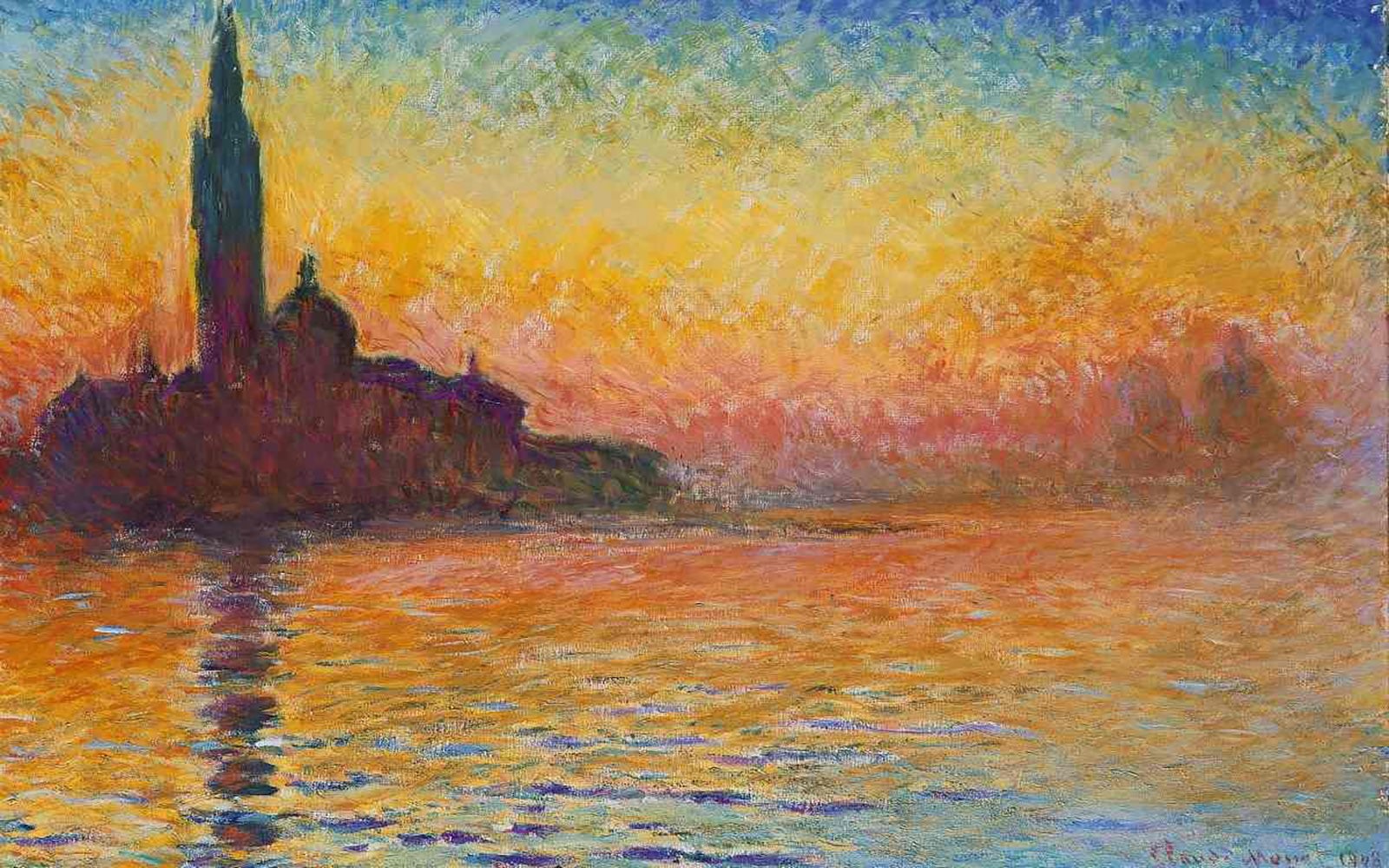
San Giorgio Maggiore at Dusk by Claude Monet
Divisionist artworks, on the other hand, are constructed from dots of paint, not thin brushstrokes, and are generally interpreted as deeply methodical rather than spontaneous. Divisionism includes both the application of pure or unmixed pigments to the canvas, as well as the use of complementary colors to create qualities of colors and shades that do not exist individually on the canvas. George Seurat is one of the first to formalize the technique and call it Chromoluminarism (and later Divisionism). Realizing that grass can be made from yellow, pink, green, and orange, Seurat placed these colors side-by-side, intending them to blend in the eye of the viewer.
Divisionist painters such as Georges Seurat, Paul Signac, and Maximillen Luce reshaped the use of color in painting. Many post-impressionist painters experimented with divisionism at some point in their careers, including Paul Cezanne and Vincent Van Gogh. The movement paved the way for Fauvism and Expressionism, which were also defined in part by experimentation with color.
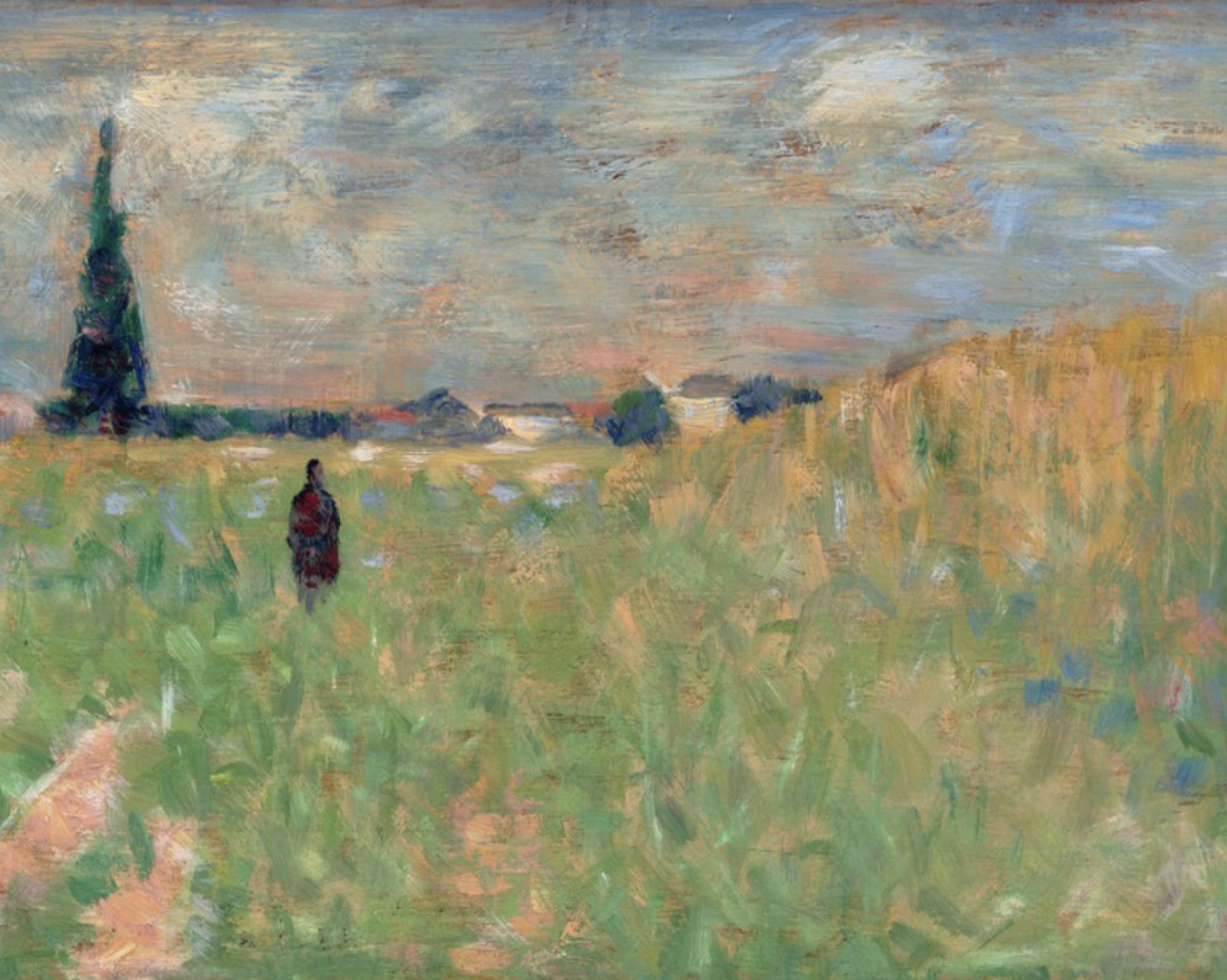
A Summer Landscape by Georges Seurat, 1883
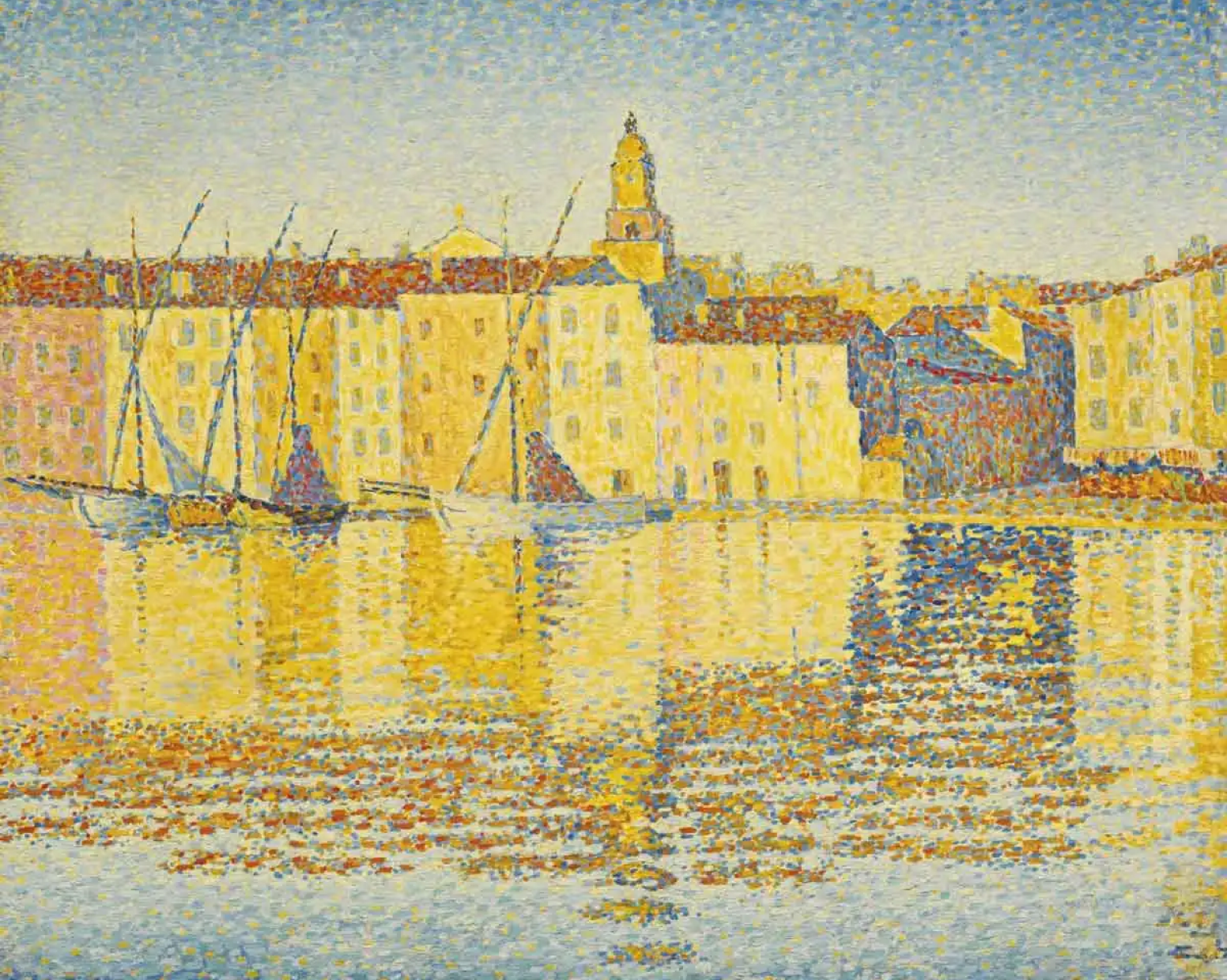
Maisons du port, Saint-Tropez by Paul Signac, 1892
Interference & Divisionist Techniques
In Interference, Phaust seeks to replicate the textures of risograph printing, a 1980s printing technique where stencils are used with semi-transparent inks, one layer at a time. The works include over a half million distinct tiles, each subtly varied in shape & color.
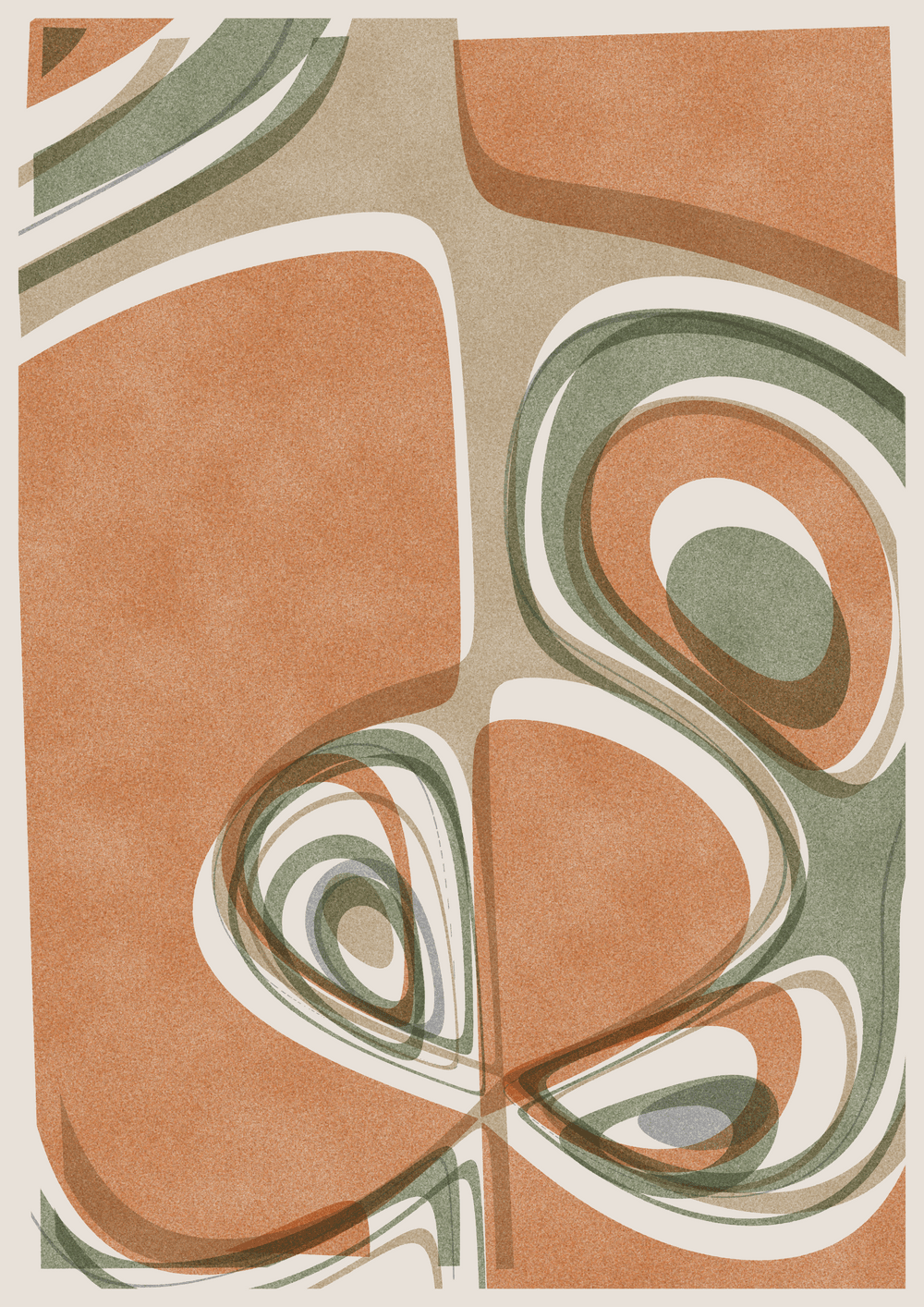
interference #95
0.0411 ETH
($130.44 USD)
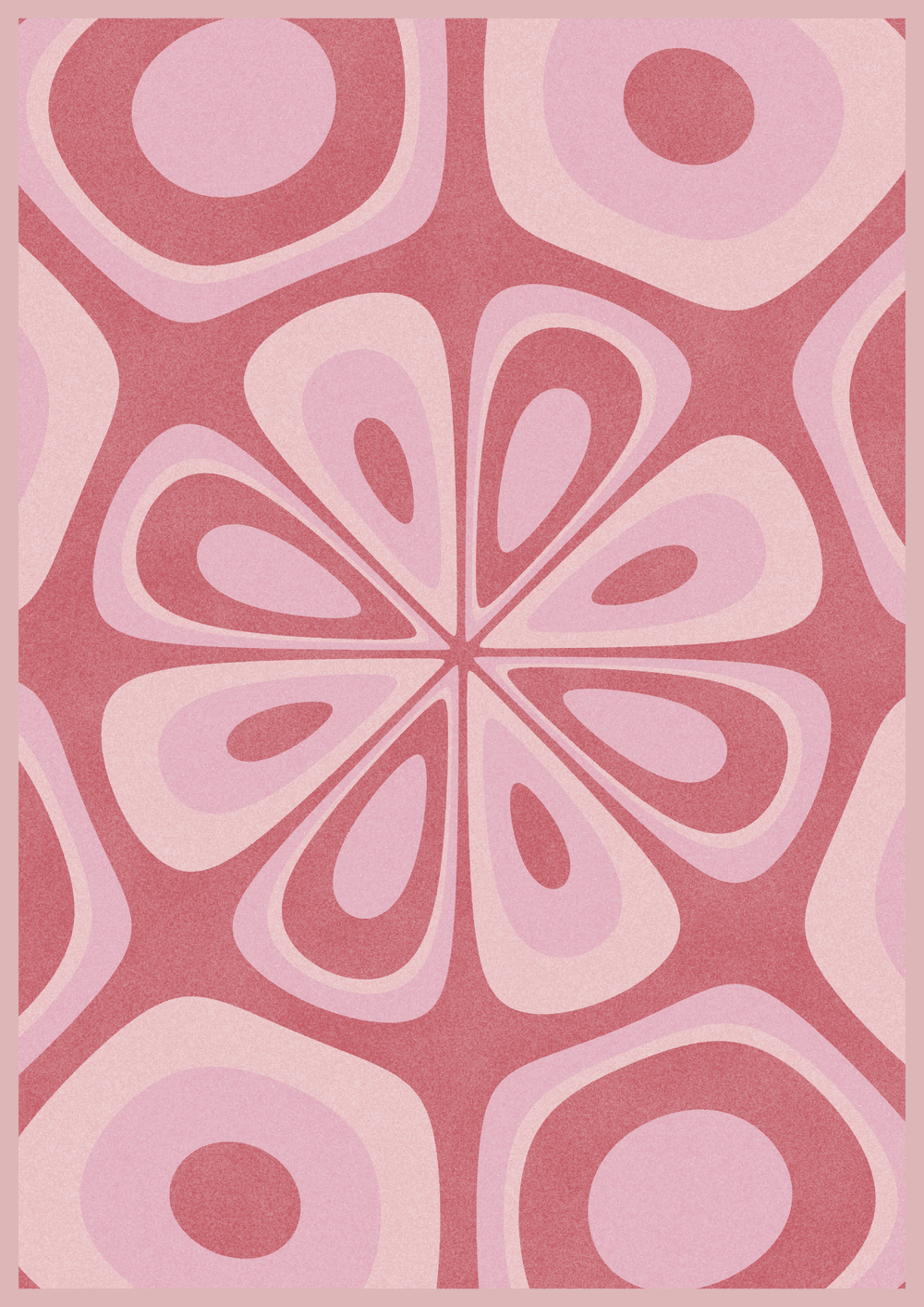
interference #184
0.055 ETH
($174.56 USD)
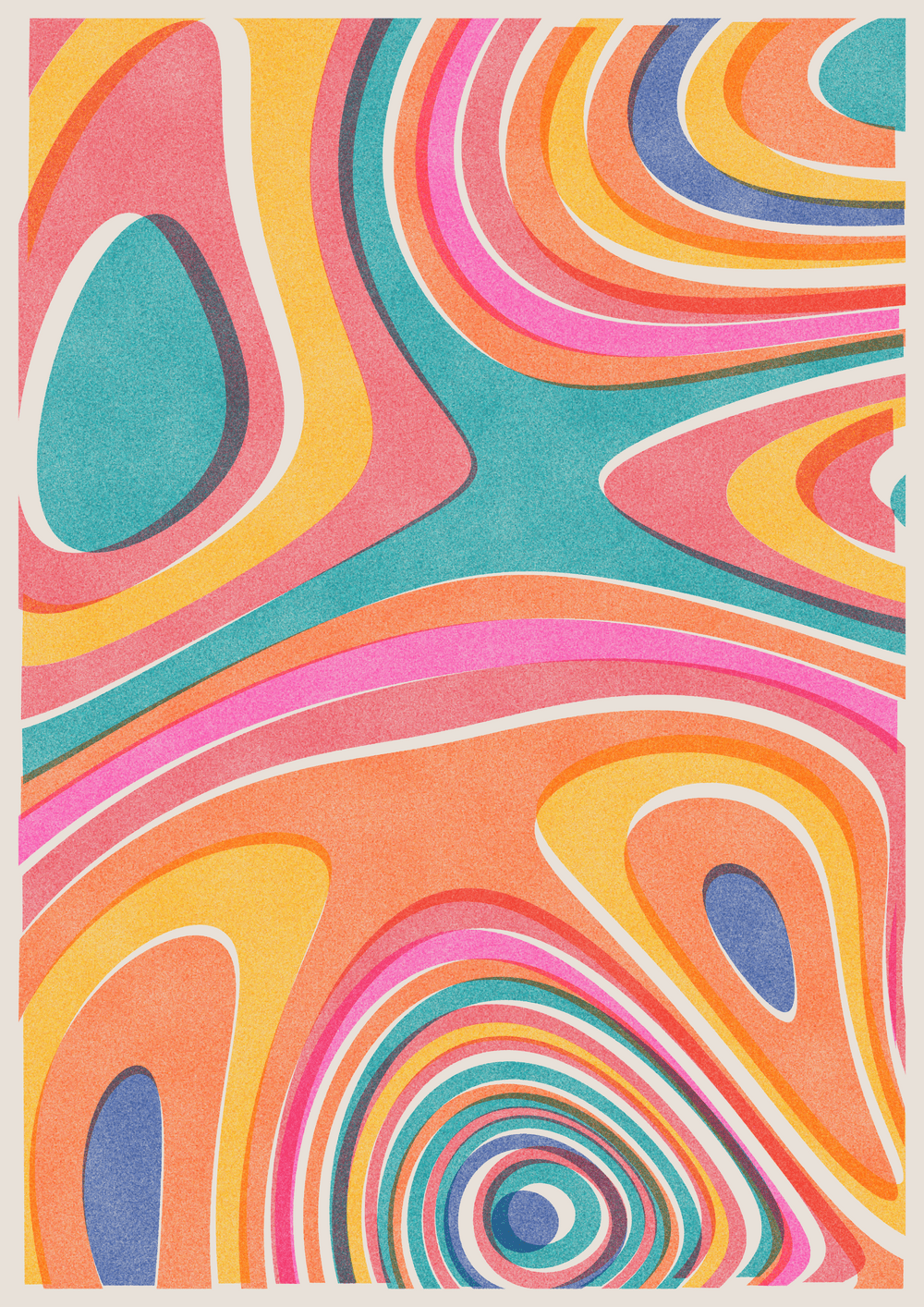
interference #3
The approach harkens back to divisionism, suggesting a mosaic when viewed up close and applying many of the same color field theories. In risograph printing, complimentary colors are layered on top of one another to create additional hues and shadows, similar to how divisionist painters explored the placement of complementary colors on the canvas to create the illusion of blending. Risography and divisionism both result in a luminous quality distinct to these pointillist techniques.
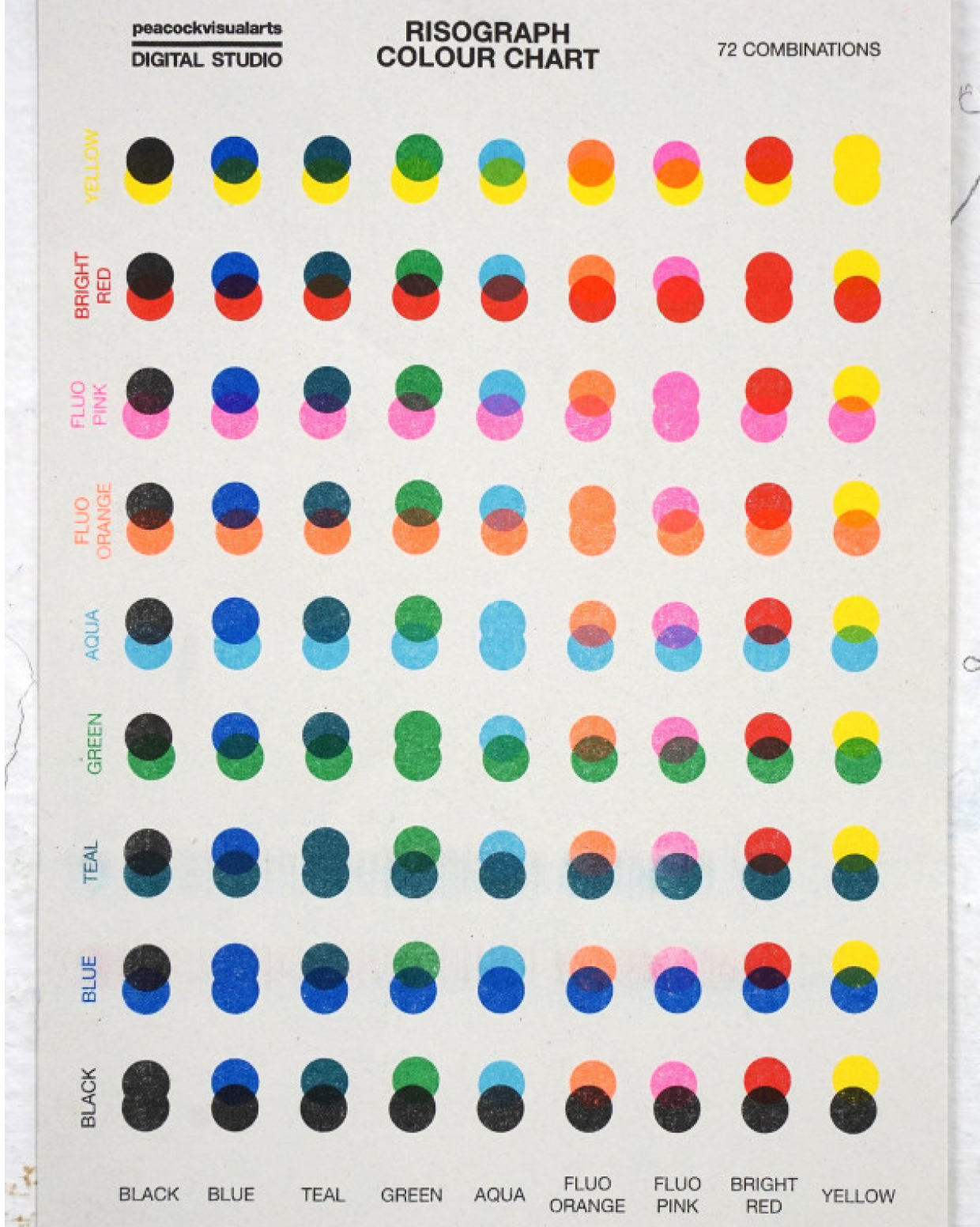
Risograph ink color chart
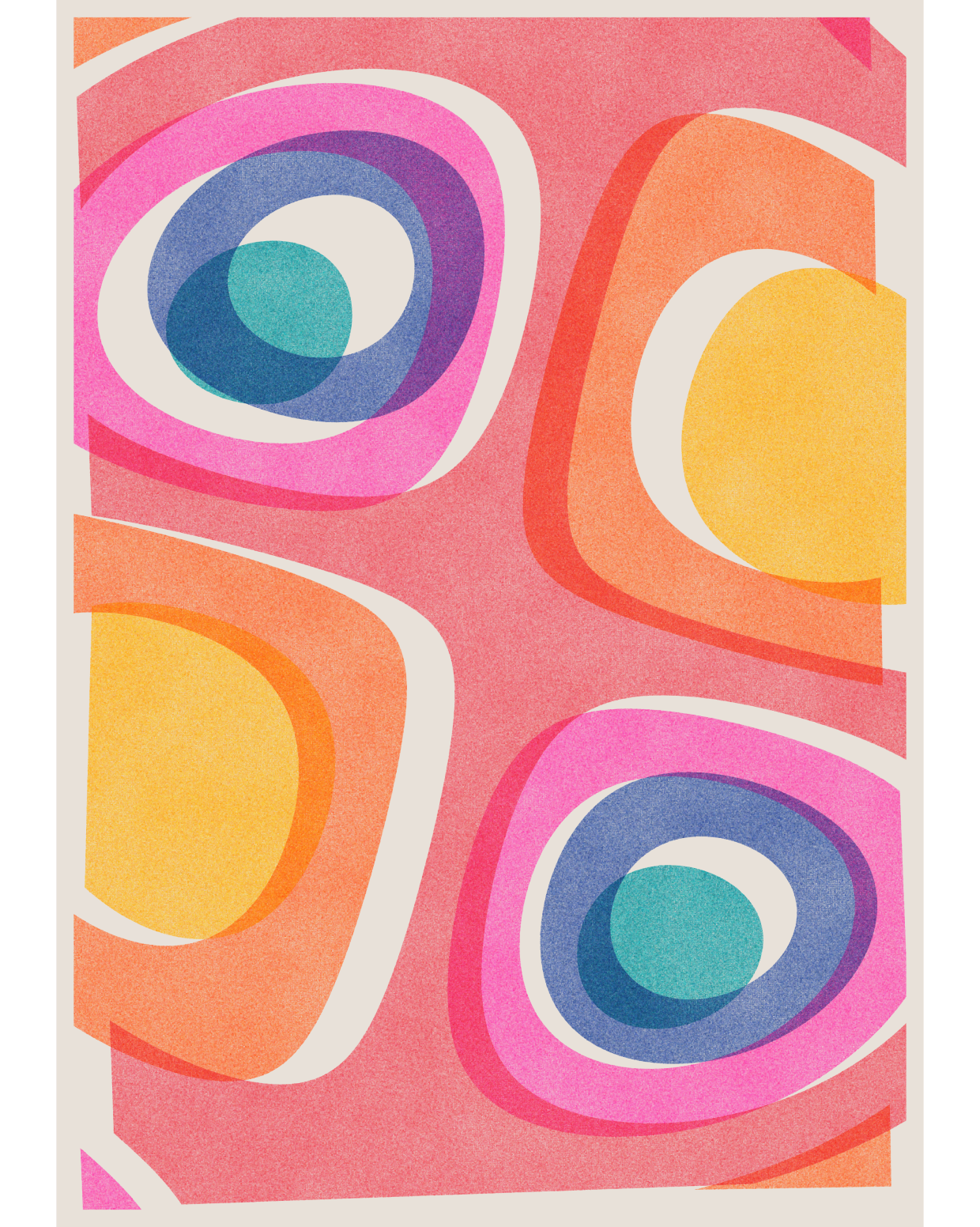
Interference #205 by Phaust
Pointilism: A Study of Dots
Pointillism is related to divisionism, characterized by small painted dots instead of fluid brush strokes. Hundreds or thousands of small dots are applied to the canvas to create the composition. As the viewer steps further away from the painting, the colors blend in the eye and the mind of the viewer. A Sunday on La Grande Jatte by George Seurat is considered the most famous painting of this style.
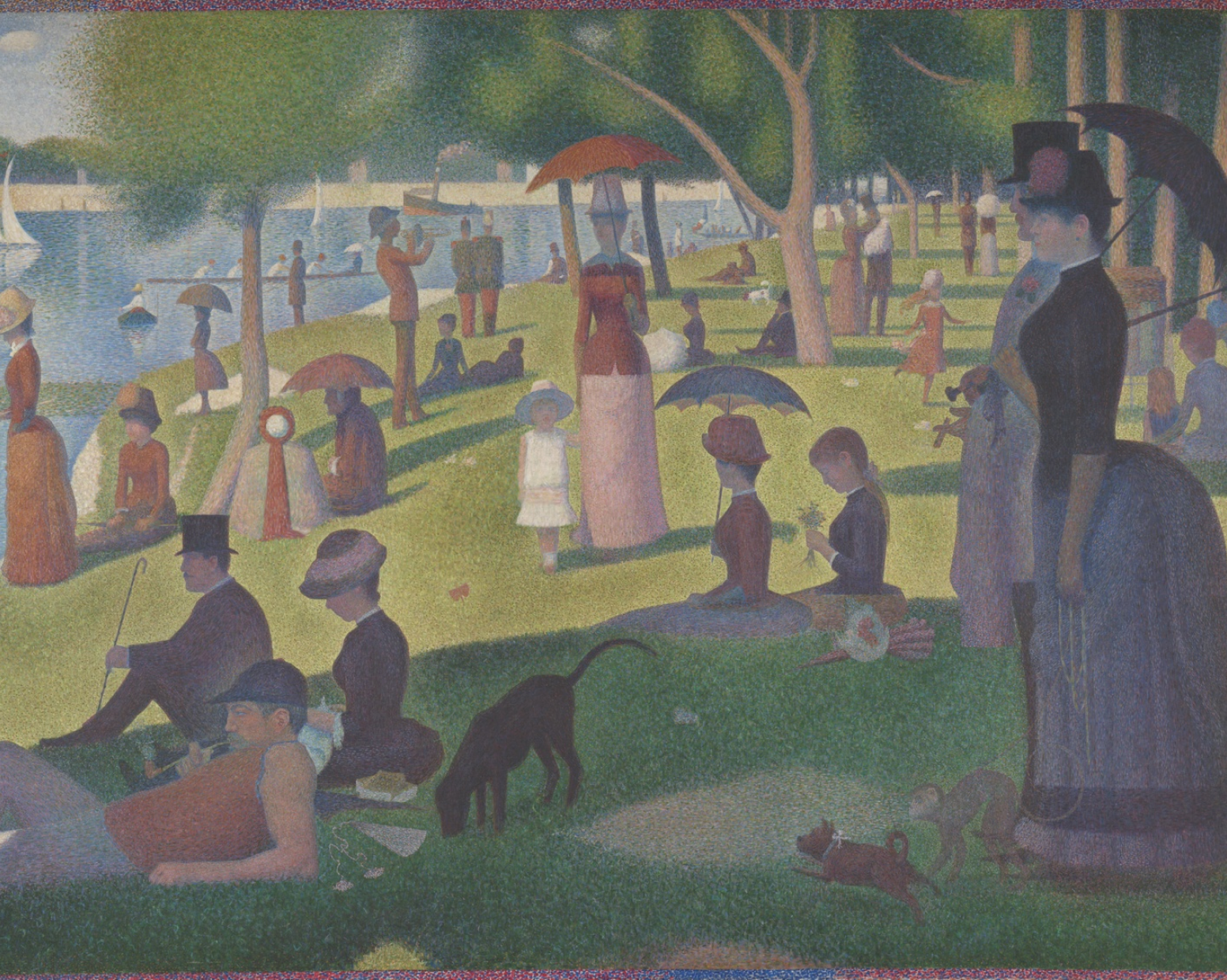
A Sunday on La Grande Jatte by Georges Seurat, 1884
The field of divisionism refers to the separation of colour and its optical effects, whereas the term pointillism refers specifically to the technique of applying dots. The technique is associated with Georges Seurat and his student Paul Signac, although Georges Seurat would later prefer the term divisionism to describe his body of work. Art critics coined the term to describe the style of Seurat and Signac.
Despite being initially mocked by critics, pointillism attracted artists from across Europe, including Henri-Edmond Cross, Vincent Van Gogh, Théo van Rysselberghe, and Camille Pissaro. Many explored the technique for a period of time, then started to experiment with other forms of artistic expression and the style reached its peak in the 1890s.

Picking Peas by Camille Pissarro, 1887, capturing light and shadow with an array of dots

Undergrowth by Vincent van Gogh, 1887, a rare pointilist piece by the artist
Intimità by Stefano Contiero
Pointillism continues to be a popular technique in contemporary art, using dots and shapes to create complex forms.
Intimità by Stefano Contiero embraces this style. Contiero’s works feature open fields of color that melt together to create an effect reminiscent of marbling. Vibrant hues are subtly aged with a patina, enhancing each piece's visual impact and giving it a sense of depth and movement.
Similar to popular Pointillist works, Intimità is comprised of small dots and combinations of colors to create texture and dimension in the work.
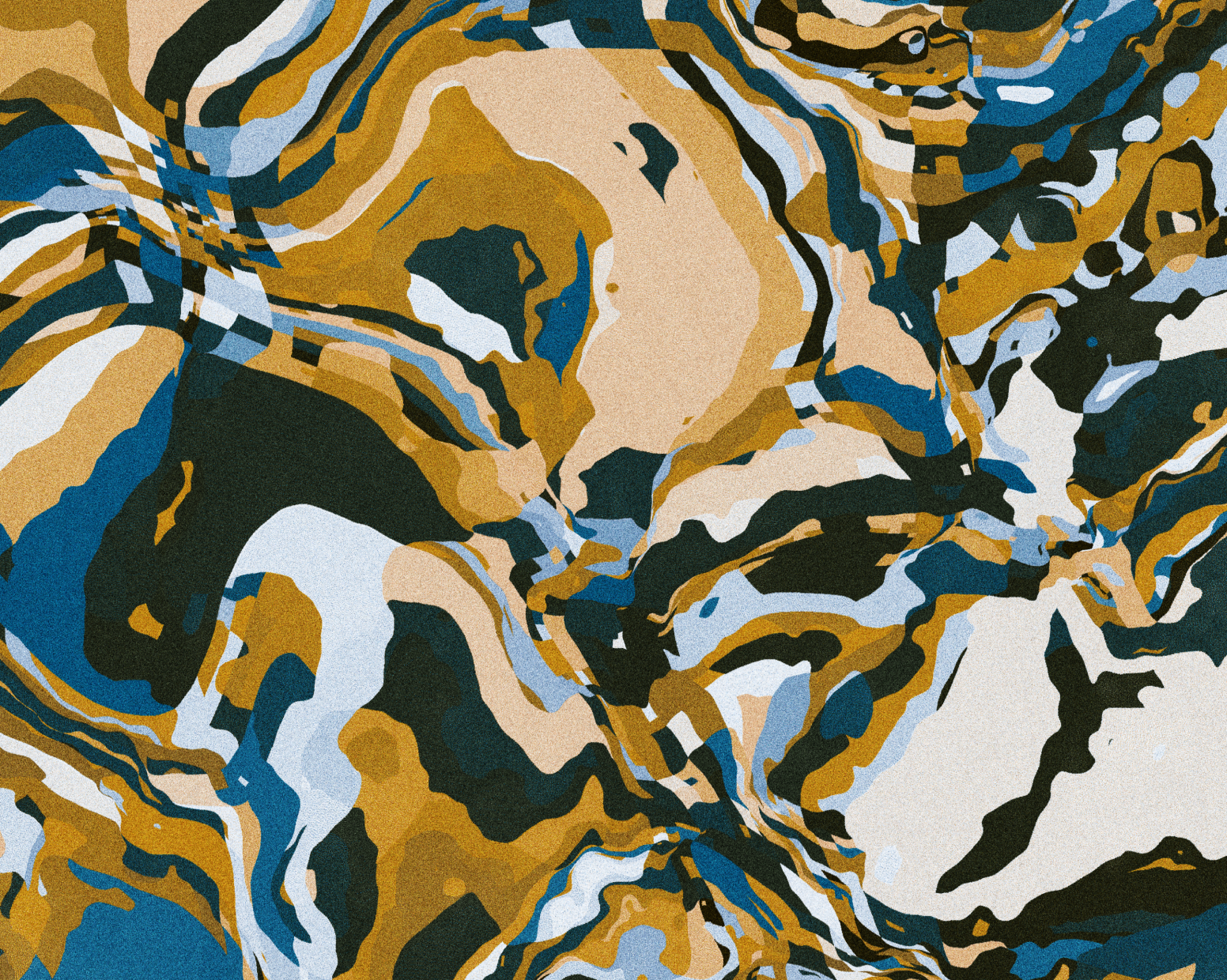
Intimita #177 by Stefano Contiero
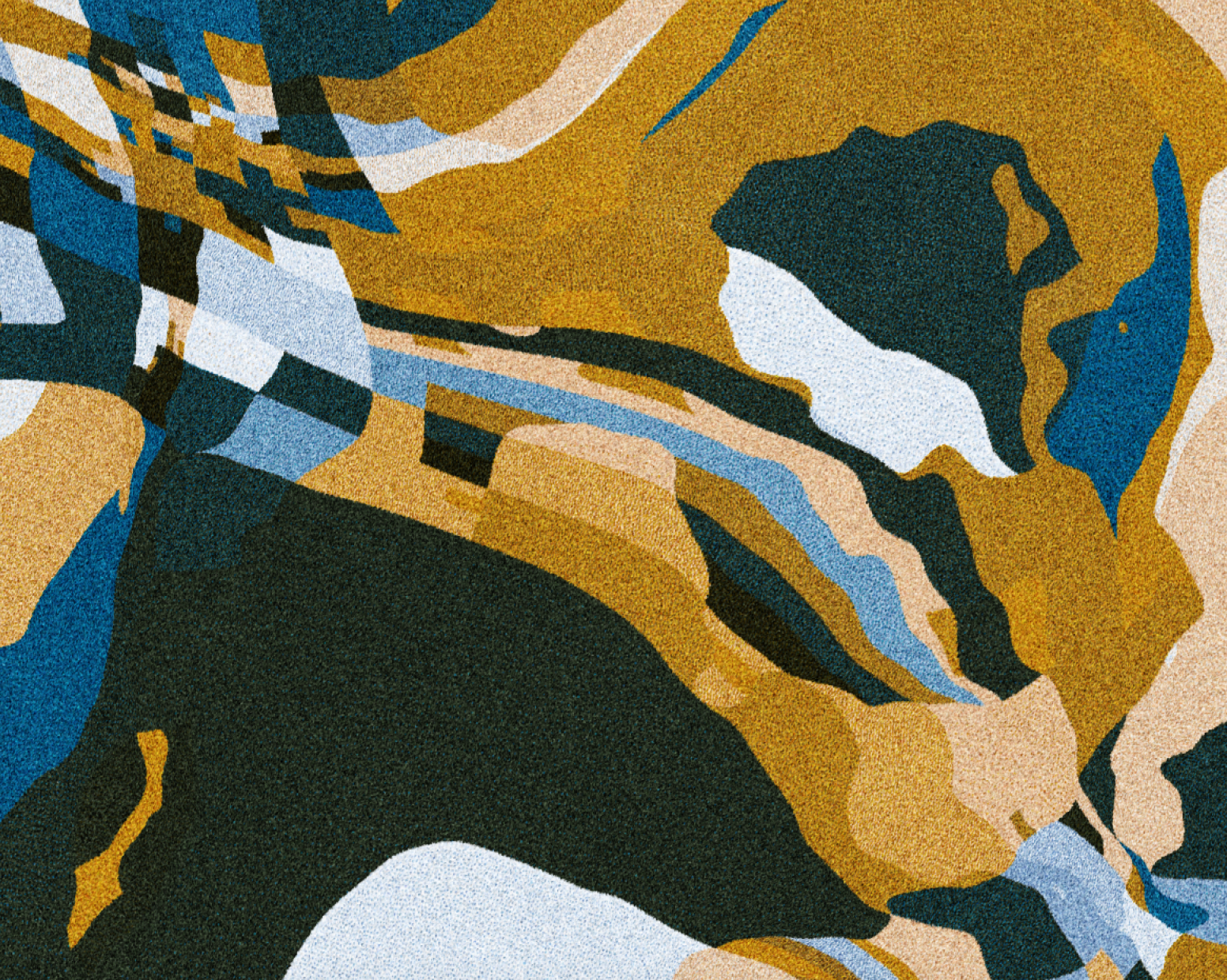
Intimita #177 by Stefano Contiero, detailed view
The innovations and experimentations of Divisionist and Pointillist painters influenced our understanding of color and contrast, enabling new forms of artistic impression. Contemporary artists like Phaust and Stefano Contiero continue to be inspired by modern and postmodern artists. As generative algorithmic art continues to evolve, works created by leading artists form the new frontiers of the next genres of art.
To acquire a work from these series:
More stories
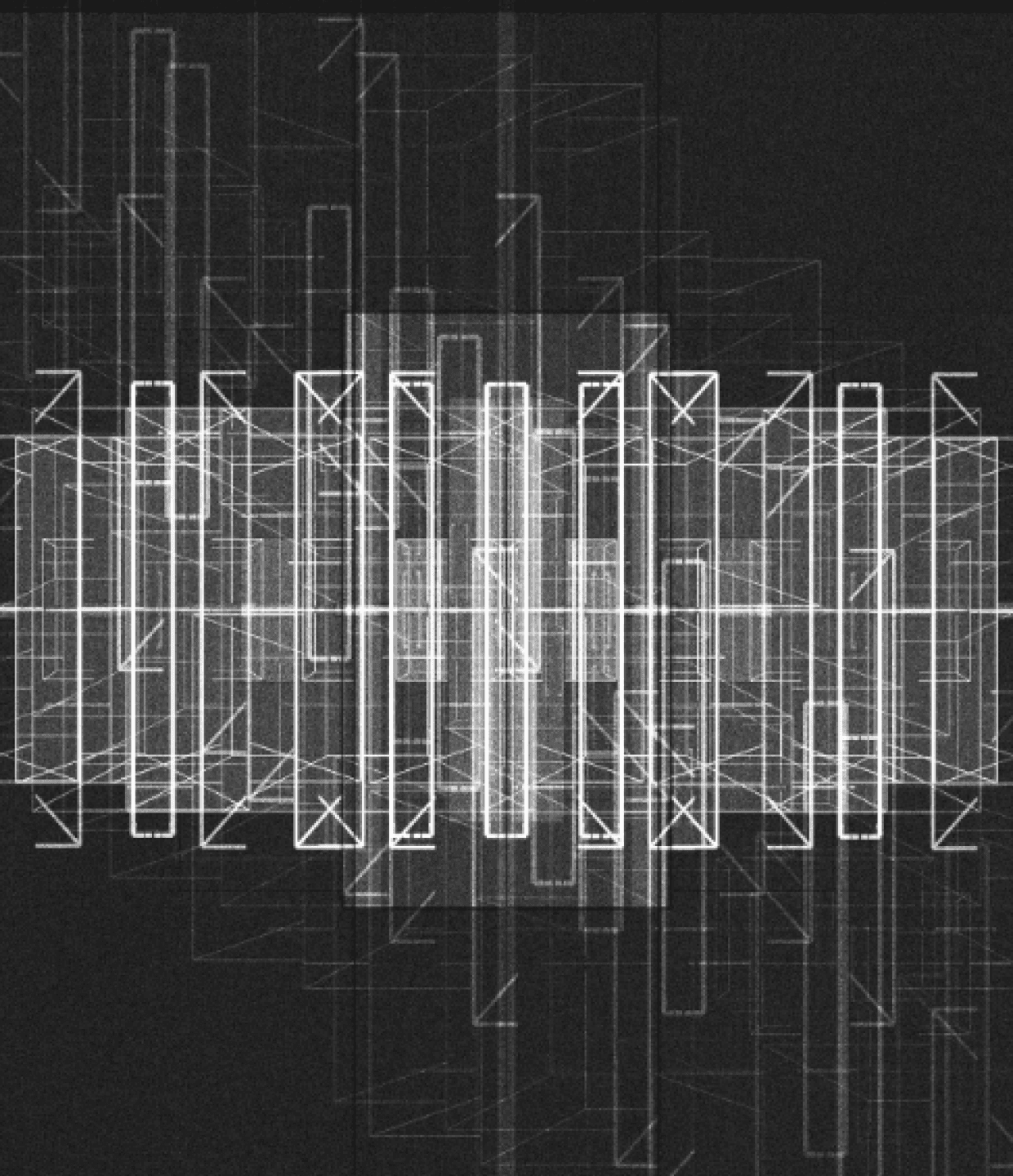
Introducing ESCAPE by Iskra Velitchkova
ESCAPE by Iskra Velitchkova is at once an archive of the artist’s personal history and a self-referential exploration of how we seek freedom and escape in art.
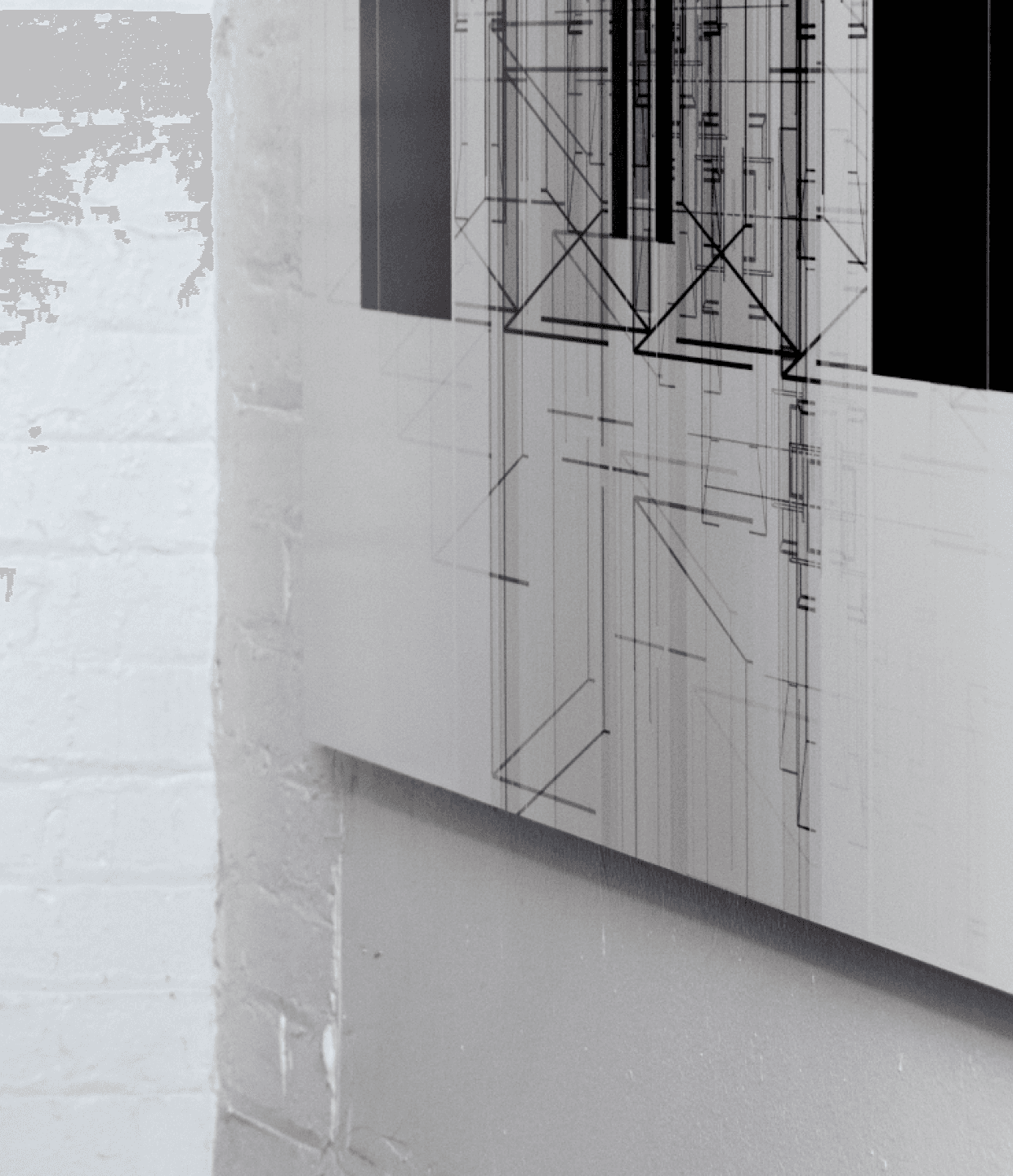
Unique Physicals, Series, ESCAPE
Iskra Velitchkova’s ESCAPE with Silver Gelatin Printing
Iskra Velitchkova’s ESCAPE is influenced by analog photography and leverages silver gelatin to its fullest for its unique physical offering.
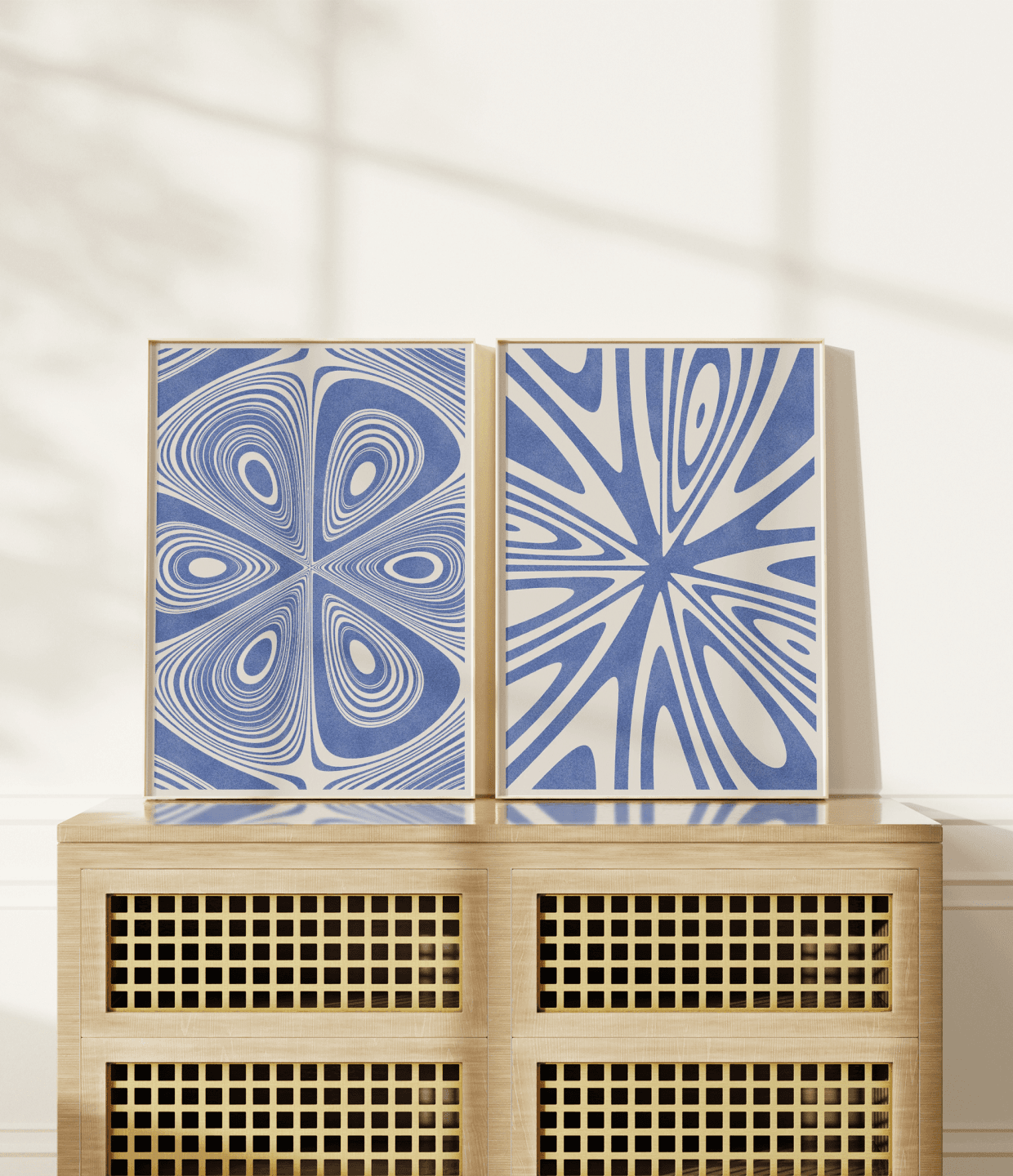
Features, Series, Interference
The Making of a Generative Art Algorithm: Phaust’s Interference
Each work in Interference is generated algorithmically through a series of transformations that elevate Chaldni patterns and risograph printing.


Stay in the loop on upcoming drops, exclusive access, and more.
